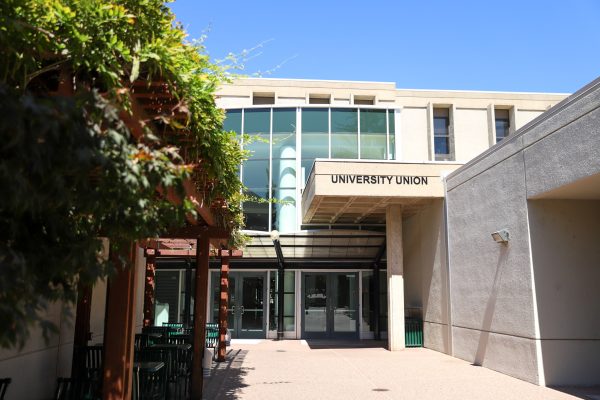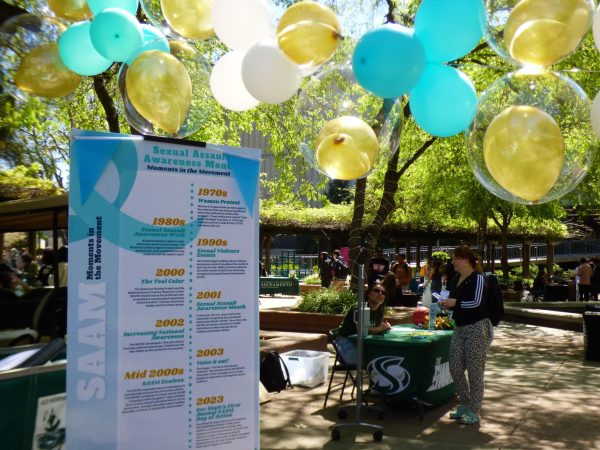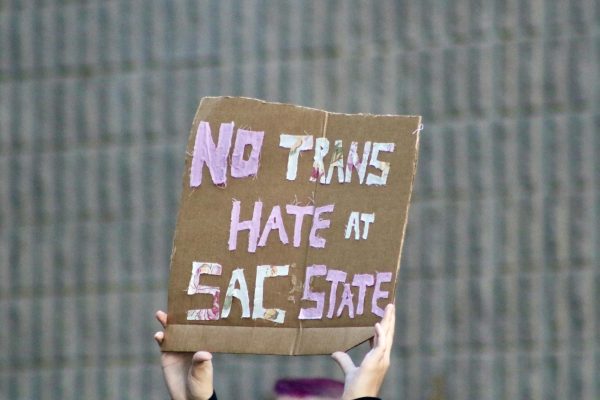New budget proposal could affect labor union negotiations
January 28, 2014
Gov. Jerry Brown allocated a $142.2 million increase to the California State University’s proposed budget for the 2014-2015 fiscal year, but the mark fell short of the $237.6 million the CSU asked for in November.
This marks the second year of increases. Last year Brown added 5 percent to the more than $2 billion budget.
The additional funding is a part of the 4-year plan Brown put in place that called for two 5-percent increases on the front half of the plan and 4-percent improvements in the last two years. The CSU now operates with $2.3 billion in state funds.
Even with the increase, CSU Director of Public Affairs Mike Uhlenkamp said the CSU made a proposal for a higher bid in order to cover some immediate issues.
“I think the ask is always realistic. We’re not going to inflate an ask,” Uhlenkamp said. “It’s based on the critical needs. We looked at things like the need for infrastructure; there are facilities that need repairs or upgrades.”
Uhlenkamp said the CSU hoped to use the funds to increase enrollment in order to avoid turning away students. In past years, CSU has turned away as many as 20,000 qualified students due to budget constraints.
Uhlenkamp said 85 percent of the operating cost goes toward salaries and benefits for unions, such as the California Faculty Association and the State University Police Association.
Both unions will be heading into negotiations with the CSU as their collective bargaining agreements expire June 2014. With the budget increase falling $95.4 million short of what was asked, the dynamics of the negations will be affected.
State University Police Association President Jeff Solomon, who is also a member of the Sacramento State Police department, said as the budget stands now, his organization will only be able to alleviate some of the disparities when compared to similar agencies. Many officers have left for higher paying jobs with departments outside of the CSU system, but he is hopeful for a possible change to the budget.
“It looks at little disappointing to me at this point, but I’ll wait for the May revise to see where the numbers fall before I get too excited,” Solomon said. “It’s going to make an impact on being able to hire and retain officers if we come up with this much of a shortfall.”
Kevin Wehr, president of the Sacramento State chapter of the California Faculty Association, also acknowledged the impact the budget will have on his organization’s negations with the CSU.
“It is what is was supposed to be,” Wehr said. “The governor stayed true to his word, but it’s not nearly enough.”
Wehr is also looking forward to the May revision. He said Assembly Speaker John A. Pérez has put together some of the revisions Wehr supports in the Blueprint for a Responsible Budget that Pérez released last December.
The plan pushes to add funding for higher education with the idea of expanding the Cal Grant program, which funds education for low-income students. He also proposes a scholarship program for middle-class families to help alleviate rising costs.
With regard to Sacramento State, President Alexander Gonzalez said in his spring address that the university will continue to use the same frugal approach as was prevalent during the recession and reminded the campus that the budget can change multiple times before it is finalized in June.
Uhlenkamp said with the proposal being released, the CSU Board of Trustees will meet on this week to discuss a new strategy for spending the possible available funds, but he too said adjustment are possible.
“When the budget (proposal) comes out in January, the Department of Finance, the legislature and the governor look at revenues that come into the state in May,” Uhlenkamp said. “They think about tax time, whether they go up or go down, because it’s a big driver. In year past we’ve seen either things are looking good and we can get additional funding, or things are looking bad and they reduce that funding.”








































































































































